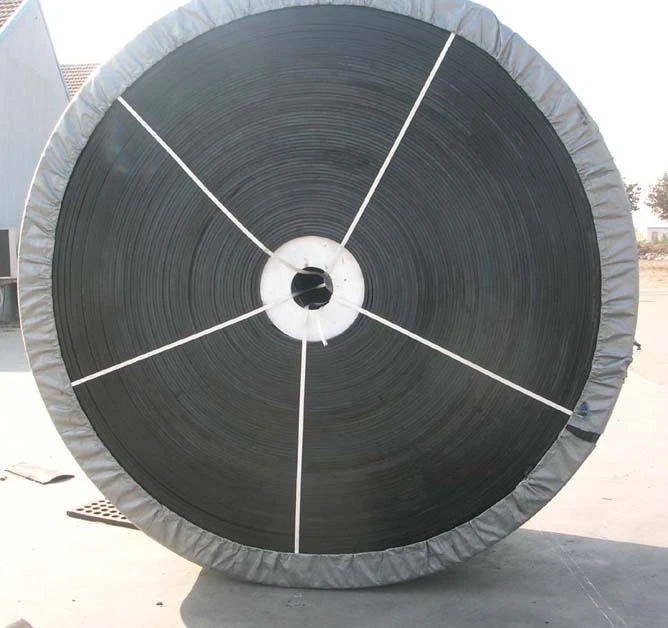Exploring Different Varieties of Belt Cleaning Solutions for Optimal Performance
Understanding the Different Types of Belt Cleaners
Conveyor belts are essential components in many industries, aiding in the efficient transport of materials. However, as these belts operate, they can accumulate debris, dust, and other contaminants, which can lead to inefficiencies and potential system failures. This is where belt cleaners come into play. These devices are critical for maintaining conveyor belt performance, prolonging lifespan, and ensuring that materials are transported effectively. In this article, we will discuss the various types of belt cleaners available and their unique advantages.
1. Primary Belt Cleaners
Primary belt cleaners are designed to remove bulk material from the conveyor belt's surface just after the discharge point. They effectively prevent carryback, which refers to material that adheres to the belt and is carried back to the loading area instead of being discharged. The most common types of primary cleaners include
- Blade Cleaners These feature a flexible blade that presses against the belt surface to scrape off stubborn material. The blades can be made from different materials such as rubber, polyurethane, or metal, depending on the application's requirements.
- Scraper Cleaners These are designed to operate on the principle of scraping away material using a sharp edge. Scraper cleaners are often adjusted to maintain optimal pressure against the belt, ensuring a thorough cleaning.
2. Secondary Belt Cleaners
Secondary belt cleaners follow the primary cleaners and provide an additional layer of cleaning to ensure that any remaining materials are removed. These cleaners are crucial in applications where minimal carryback is necessary. The two main types of secondary belt cleaners are
- Secondary Blades These are typically positioned further down the conveyor system. Made from durable materials, secondary blades are adjustable to different heights, allowing them to target materials that primary cleaners might miss.
- Air Jet Cleaners Utilizing high-pressure air jets, these cleaners are designed to blow off residual material from the belt surface. Air jet cleaners are particularly effective in applications where moisture or wet materials might cause sticking.
types of belt cleaners

3. Specialty Cleaners
Some applications require more specialized cleaning solutions. Specialty cleaners are designed to address specific issues encountered in unique environments. These include
- Washdown Cleaners In environments where sanitation is key, such as in food processing or pharmaceuticals, washdown cleaners employ water spray systems to wash away contaminants. These systems often integrate with built-in drainage to handle the wastewater effectively.
- High-Temperature Cleaners In industries that handle extreme heat, high-temperature cleaners are engineered to withstand elevated temperatures without degrading. These cleaners use special materials that can operate effectively without losing performance at high heat.
4. Impact and Conveyor Skirting Cleaners
Impact and skirting cleaners play a vital role in minimizing spillage and keeping the surrounding area clean.
- Impact Cleaners These are positioned at the loading point of the conveyor. Their primary function is to absorb the impact of falling materials while also cleaning the belt. Impact cleaners can help prevent damage to the conveyor structure by cushioning heavy materials.
- Skirting Systems Often overlooked, skirting plays a crucial role in controlling dust and spillage. Effective skirting systems contain material, preventing it from spilling outside the defined area, which is essential in maintaining a cleaner environment and reducing hazards.
Conclusion
Belt cleaners are an indispensable part of any conveyor system, ensuring efficiency, performance, and safety. By understanding the different types of belt cleaners available—from primary and secondary cleaners to specialty options—industries can select the appropriate solutions for their specific needs. Regular maintenance and the proper application of these cleaners can significantly enhance conveyor performance, reduce operational costs, and minimize downtime. Invest in the right belt cleaning solutions to keep your operations running smoothly and efficiently.
-
Impact Roller for Belt Conveyor – Durable Solutions for IndustryNewsNov.24,2025
-
Rubber Conveyor Rollers – Quiet, Durable, Sealed BearingsNewsNov.24,2025
-
Industrial Conveyor Belt Rollers: Durable Solutions for Harsh EnvironmentsNewsNov.24,2025
-
Idler Rollers for Belt Conveyors | Durable, Low-Noise OEMNewsNov.24,2025
-
Durable Rubber Conveyor Belt Rollers for Industrial UseNewsNov.24,2025
-
Ceramic Lagging Conveyor Pulley – Anti-Slip, Wear-ResistantNewsNov.17,2025






























